Home | Heroin Addicts Before and After Rockland Recovery Treatment
Heroin Addicts Before and After Rockland Recovery Treatment
Explore the various ways intensive outpatient addiction treatment can positively impact heroin addicts before and after recovery.
Jump to Section
What Is the Impact of Heroin Addiction?
Heroin addiction has relentlessly plagued countless individuals. However, amidst this bleak backdrop, stories of redemption often emerge. These shine a light on the remarkable power that effective intensive outpatient addiction treatment programs offer worldwide.

What to Expect From This Article
In this comprehensive article, we delve deep into the personal narratives of heroin addicts before and after treatment.
Through their stories of struggle and triumph, we can gain a profound understanding of the transformative journey towards recovery. We can also witness the resilience and strength of the human spirit in the face of adversity.
What is Intensive Outpatient Addiction Treatment?
Intensive outpatient addiction treatment can provide comprehensive support, therapeutic interventions, personalized care, and a strong support system to empower individuals on their path to healing.
Addiction treatment can offer solace, encouragement, and a glimmer of light to guide those navigating the treacherous waters of addiction.
Heroin Addicts Before and After: What is Heroin?
Heroin is an addictive substance. It is classified as an opioid. Morphine, an organic substance extracted from poppy seeds, is used to make heroin. Heroin appears as a white or brown powder, but is also found as a black sticky substance known as black tar heroin.
Opium refined through various chemical processes produces morphine. This can be further processed into heroin. The final product is often diluted or “cut” with other substances, such as powdered milk or sugar. It may also be cut with other drugs to increase its bulk and profitability.
How is Heroin Used?
Heroin is most often consumed by injecting it into veins, muscles, or under the skin. Individuals can also smoke or snort the substance.
When heroin enters the brain, it turns back into morphine and binds to opioid receptors. Opioid receptors are present in areas responsible for pain perception and pleasure. This binding results in a surge of euphoria and a profound sense of well-being.
Request a Confidential Call
Take the First Step Toward Recovery.
If you or someone you know is struggling with addiction, we encourage you to request a confidential call. At Rockland Treatment Center, we understand the sensitivity and complexity of your situation and are here to offer you a space to explore treatment options, ask questions, and receive support from experienced professionals. Taking this first step can be challenging, but it’s a courageous and significant move towards a healthier, more fulfilling life.
"*" indicates required fields
Heroin Addicts Before and After: How Are Individuals Affected by Heroin?
Physiological Factors Affecting Addiction
Females tend to have smaller body sizes and lower body weights compared to males. This can make them more susceptible to the effects of heroin.
Additionally, hormonal differences between genders may play a role in addiction. For example, women may have varied responses to opioids during their menstrual cycle.
Social and Cultural Factors Affecting Addiction
Social and cultural influences also contribute to gender-specific addiction patterns. Men and women may have different experiences with drug use due to variations in peer pressure and exposure to risk factors.
Women may face unique challenges. These can include stigma, domestic violence, and sexual exploitation. This can contribute to their vulnerability to heroin addiction.
Psychological Factors Affecting Addiction
There may also be differences in the motivations for heroin use between genders. Research suggests that women are more likely to use heroin to cope with emotional pain or trauma. In contrast, men are often driven by risk-taking and sensation-seeking behaviors.
Heroin Addicts Before and After: How Rockland Recovery Helps You
Below we’ll discuss some of the ways Rockland Recovery offers support to help you regain and keep control of your life.
Before Recovery
Rockland Recovery offers a variety of resources to help you reach your recovery goals.
Assessment and Evaluation
We conduct a thorough assessment and evaluation of each individual’s condition. We determine the extent of their addiction and develop a personalized treatment plan.
Medical Detoxification
Detox refers to the process of allowing the body to rid itself of drugs. This process includes managing withdrawal symptoms that may arise. A medical detox is often required before an individual can engage in intensive outpatient addiction treatment.
Individual Therapy
Individual therapy sessions address the underlying causes of addiction. Therapists work with heroin addicts before and after beginning group treatment to establish trust and guide them toward recovery.
Group Therapy
Participating in group therapy sessions allows heroin addicts to connect with others. It provides a sense of community and enables individuals to share their stories.
Education and Skill Building
Rockland Recovery treatment offers educational sessions on addiction and life skills training. These programs equip heroin addicts before and after treatment with the knowledge to make informed decisions. They also help them develop healthier habits.
After Recovery
Recovery is a lifelong journey. Rockland Recovery will be with you every step of the way to offer support.
Aftercare Planning
The program assists heroin addicts before and after completing treatment in developing a comprehensive plan. This may include referrals to support groups, continued therapy, and ongoing monitoring.
Alumni Support
Graduates of the program become part of the Rockland Recovery alumni community. This network offers ongoing support to prevent relapse and maintain long-term recovery.
Family Involvement
Rockland Recovery recognizes the significance of family involvement in supporting heroin addicts before and after treatment. We provide family therapy sessions to address codependency. They also enhance communication and rebuild healthy relationships.
Relapse Prevention Strategies
We offer tools for identifying risk factors, managing stress, and building resilience.
Holistic Approaches
Rockland Recovery incorporates holistic approaches such as yoga. These techniques promote well-being and aid in the recovery process for heroin addicts.
We accept most insurance plans
Heroin Addicts Before and After: Common Physical Transformations
Heroin addicts before and after treatment exhibit significant physical changes.
Physical Changes Before Intensive Outpatient Addiction Treatment
Physical changes caused by prolonged heroin use can include changes in physical appearance and overall health.
Weight and Nutrition
Heroin addicts before and after undergoing addiction treatment often experience significant weight loss. Heroin use can suppress appetite, leading to malnutrition and weight loss. However, after treatment, individuals may regain a healthier weight due to improved nutrition.
Dental Hygiene
Dental problems are common as well. Heroin use can lead to poor oral hygiene, tooth decay, and gum disease. After treatment, individuals can work to improve dental health.
Skin Integrity
Skin condition is another visible change in heroin addicts before and after treatment. Long-term heroin use can cause skin infections from injecting the drug.
Physical Changes After Intensive Outpatient Addiction Treatment
Before treatment, heroin addicts often exhibit poor physical health. Chronic heroin use can weaken the immune system, leading to frequent illnesses. However, after treatment, individuals may experience improved physical health.
Changes in Appearance
Heroin addiction can also lead to visible changes in a person’s appearance. This may be as a pale or sallow complexion, sunken eyes, and tired or disheveled appearance. After treatment, individuals may experience a healthier and more vibrant appearance.
After receiving treatment, individuals may also regain muscle tone and strength through exercise. Individuals may also regain self-care habits.
Heroin Addicts Before and After: Psychological and Emotional Needs
Below, we’ll explore some of the noteworthy psychological changes heroin addicts often experience after intensive outpatient addiction treatment.
Improved Family Relationships
Heroin addiction can strain familial relationships due to trust issues and strained communication. After intensive outpatient addiction treatment, individuals’ family relationships may improve. They may also be more adept at open, honest communication.
Reintegration Into Social Networks
Heroin addiction can often lead to isolation and withdrawal from social activities. After completing treatment, individuals may seek to reintegrate into healthy social circles.
They may reestablish connections with friends and engage in activities they once enjoyed. This reintegration can provide a sense of belonging and support.
Formation of New Friendships
Intensive outpatient addiction treatment for heroin addiction often involves participation in support groups and therapy sessions. This is where individuals meet others who have experienced similar struggles.
Positive Romantic Relationships
Heroin addiction symptoms can have a detrimental impact on romantic relationships. After treatment, individuals may experience improved romantic relationships as they address underlying issues.
Increased Social Support
Support networks are important in maintaining long-term recovery. Supportive relationships can be beneficial for those in recovery. They may surround themselves with friends who encourage their recovery journey.
Shift in Social Activities
Before treatment, heroin addiction symptoms can consume a person’s life. After completing treatment, individuals may experience a shift in their social activities.
Individuals may become involved in healthier pursuits, such as participating in volunteer work. This change can contribute to a more fulfilling and purposeful social life.
Enhanced Communication Skills
Participating in counseling and therapy can help individuals develop healthier communication patterns. They may learn to express their needs, emotions, and boundaries.
Increased Self-Esteem and Self-Worth
Heroin addiction can erode an individual’s self-esteem. After treatment, individuals may experience an increase in self-esteem. This newfound confidence can impact their social relationships for the better.
Get fast answers to your questions
Heroin Addicts Before and After: Necessary Skills and Strategies for Preventing Relapse
Treatment and monitoring are vital for heroin addicts before and after reintegrating into daily life. These tools help to prevent addiction relapse.
Intensive outpatient addiction treatment centers like Rockland Recovery encourage the use of skills and strategies to help prevent relapse. Some of these necessary skills and strategies include the following:
Education and Awareness
Understanding your addiction is key to preventing relapse. Education can offer:
- Knowledge about heroin addiction, its consequences, and the process of relapse
- The physical and psychological effects of heroin abuse
- Help recognizing high-risk situations that can lead to relapse
- Help learning about coping mechanisms and healthier alternatives
Self-Awareness and Emotional Regulation
Being aware of your symptoms can help prevent relapse. Some emotional regulation tips to help during recovery include:
- Developing self-awareness to identify emotional states
- Learning healthy ways to manage stress and cravings
- Practicing mindfulness and relaxation techniques
- Developing emotional resilience and coping skills
Building a Support Network
Having a support network can help you remain focused on recovery. It’s important to:
- Establish a strong support system of family, friends, and mentors
- Participate in support groups
- Engage with peers who are in recovery from heroin addiction
- Seek professional help from therapists, counselors, or support hotlines
Healthy Lifestyle Choices
To help prevent relapse, you can:
- Adopt a balanced diet to support physical and mental well-being
- Engage in regular exercise or physical activities to reduce cravings and improve mood
- Ensure you get adequate sleep and manage sleep patterns
- Avoid situations and individuals associated with heroin use
Relapse Prevention Techniques
Some simple strategies can help avoid relapse, such as:
- Developing effective problem-solving skills to overcome challenges
- Learning to identify and manage negative thoughts and emotions
- Developing strategies to resist peer pressure and social temptations
- Creating a relapse prevention plan with specific steps to take in case of cravings
Heroin Addicts Before and After: Challenges or Obstacles During Transition
Transitioning from treatment to everyday life can pose significant challenges for heroin addicts before and after finding support in the community. These challenges can vary from person to person. Some simple strategies help mitigate the impact of these obstacles on preventing relapse.
Cravings
Cravings make avoiding relapse difficult. Risk factors can include people or places that remind them of their past heroin use.
Mitigation
Some mitigation strategies include:
- Engaging in ongoing therapy or counseling to develop coping strategies
- Building a strong support network of family, friends, and peers
- Using mindfulness techniques or other relaxation methods to reduce stress
Social Reintegration
Returning to everyday social activities can be difficult. They may encounter challenges in rebuilding relationships or finding employment.
Mitigation
Some mitigation strategies include:
- Engaging in support groups or 12-step programs
- Seeking out vocational or educational programs that can provide skills training and support
- Educating family, friends, and employers about addiction and recovery to help reduce stigma
Emotional and Mental Health
Changes in emotional and physical health can be challenging. Common issues include anxiety, depression, low self-esteem, and difficulties regulating emotions.
Mitigation
Some mitigation strategies include:
- Continuing therapy or counseling to address underlying emotional and mental health issues
- Engaging in activities that promote emotional well-being
- Considering medication-assisted treatment (MAT) options to stabilize mood and reduce cravings

Heroin Addicts Before and After: What’s Else to Know
Rockland Recovery stands at the forefront of combating the devastating grip of heroin addiction using a proactive and compassionate approach. Our multifaceted initiatives encompass a spectrum of interventions, including educational programs that explore the risks and consequences of heroin use.
Why Intensive Outpatient Addiction Treatment Works
Once individuals enter the secure and nurturing environment of Rockland Recovery, they are met with evidence-based therapies meticulously tailored to address their unique needs.
These therapeutic interventions serve as catalysts for personal growth, fostering empowerment and resilience throughout the recovery journey.
Above all, our programs are designed to help you regain control of your life. With our help, you can learn strategies to sustain long-lasting recovery.
Contact Rockland Recovery Treatment Centers
GET THE SUPPORT YOU NEED
Rockland Recovery is a leader in addiction treatment and mental health care. Our multidisciplinary team of top medical experts is committed to addressing the unique needs of each patient. Reach out to us anytime – we are available 24/7.
For additional information or to find addiction treatment and mental health services in your area, contact us directly or visit SAMSHA’s treatment locator. For immediate assistance, call or text 988 to reach the National Suicide & Crisis Lifeline or 855.732.4842 to speak to a Care Coordinator at Rockland Recovery.

Medically Reviewed by Kate Perfetti, LADC II
Check if your insurance covers the cost of addiction treatment
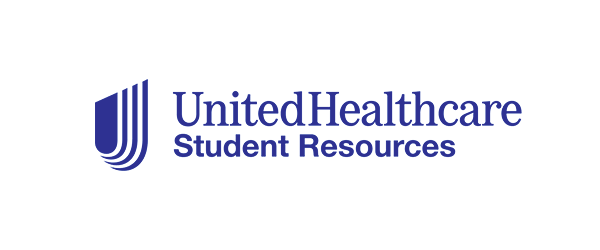
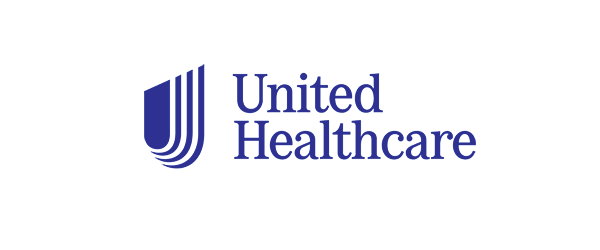
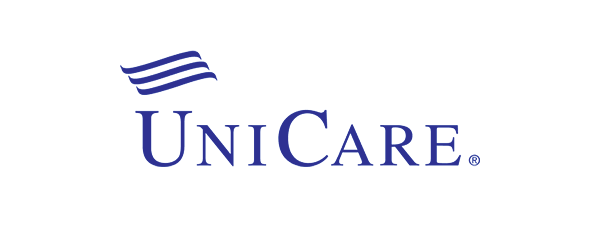
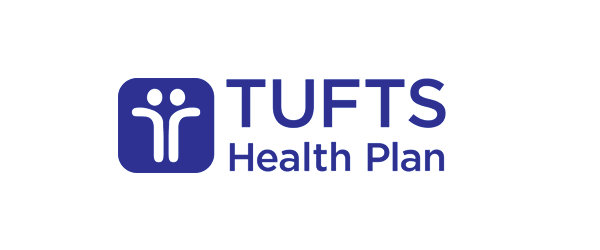
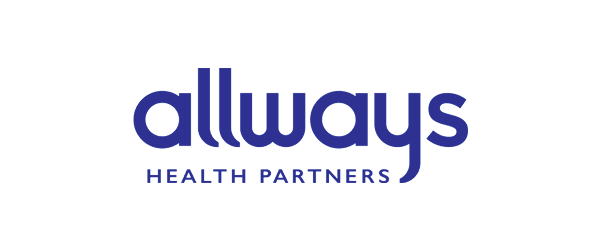
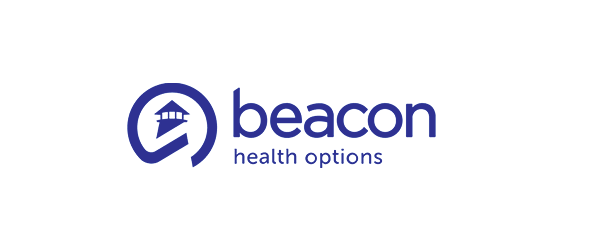
Search
Addiction Treatment Programs
Request a confidential call
"*" indicates required fields
Addiction Treatment Programs Massachusetts
Our comprehensive substance abuse treatment services are designed not just to treat the symptoms of addiction but to address the underlying causes, fostering deep, lasting healing and personal growth.